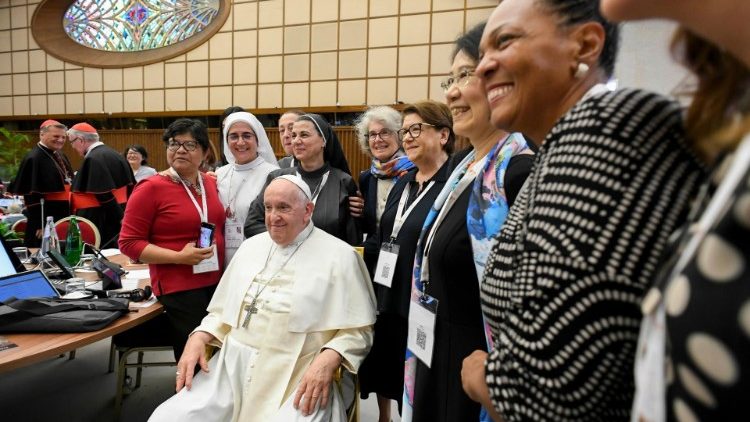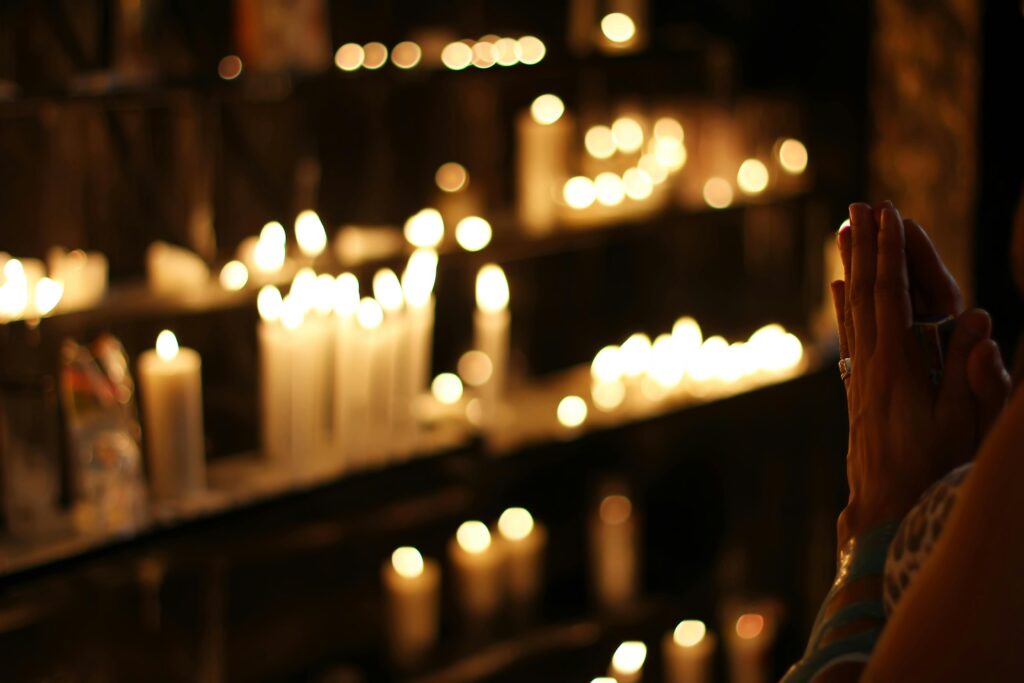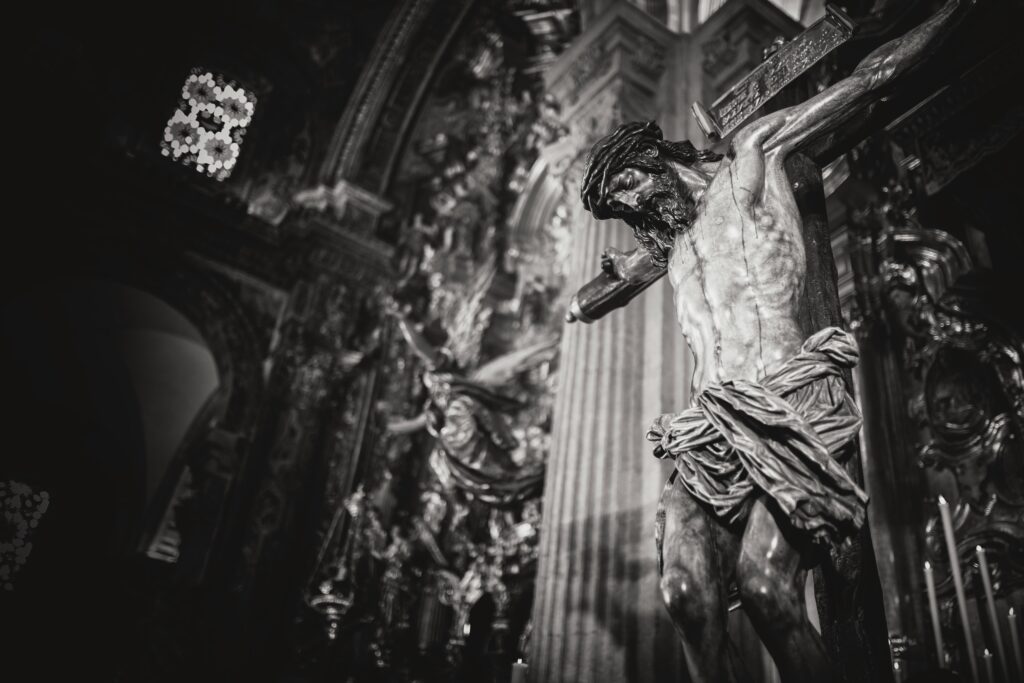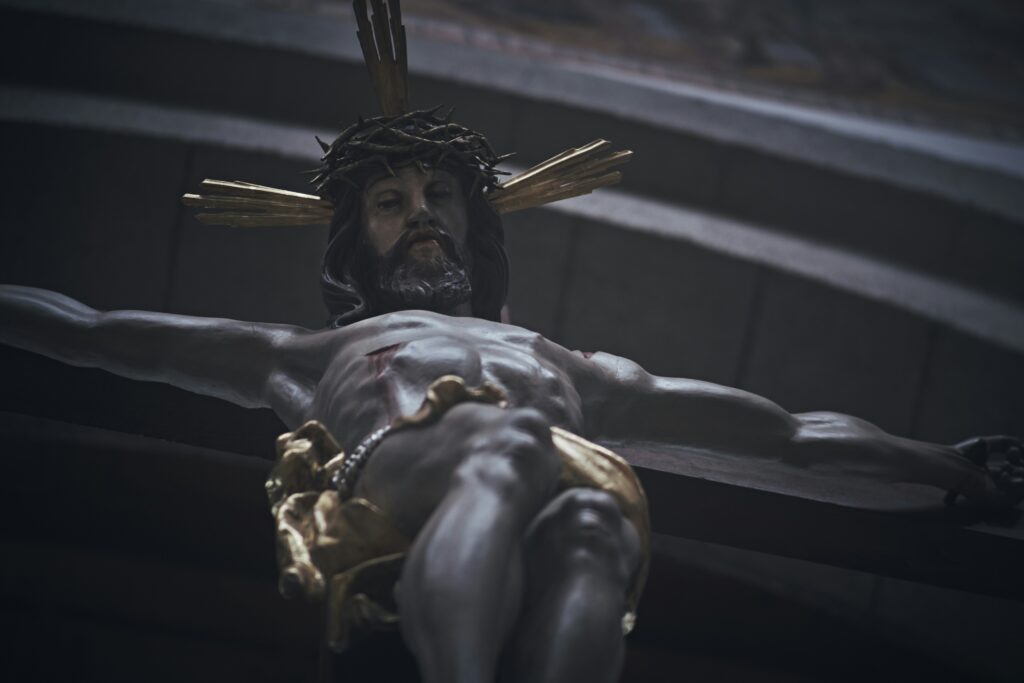Cardinal Arizmendi: Synod of Synodality
Moving forward together: the role of lay people and bishops in the Synod

Cardinal Felipe Arizmendi, bishop emeritus of San Cristóbal de Las Casas and responsible for the Doctrine of Faith at the Mexican Episcopal Conference (CEM), offers readers of Exaudi his weekly article entitled “Synod of Synodality”.
***
LOOK
The second phase of the XVI Ordinary General Assembly of the Synod of Bishops is taking place in Rome, with the participation of 368 members, of whom 96 are not bishops, who also have a voice and vote. The first phase was in October of last year. Six bishops and one religious women are participating from Mexico: By election of our Episcopal Conference: Gerardo Díaz Vásquez, Bishop of Tacámbaro; Oscar Efraín Tamez Villarreal, Bishop of Ciudad Victoria; Faustino Armendáriz Jiménez, Archbishop of Durango; Adolfo Miguel Castaño Fonseca, Bishop of Azcapotzalco. By papal appointment: Cardinal Carlos Aguiar Retes, Archbishop of Mexico, President Delegate, and Sister María De Los Dolores Palencia Gómez. Also participating is Monsignor Jaime Calderón Calderón, Archbishop of León, as a member of the Ordinary Council.
The objective of this session is to continue discerning and proposing how to advance to be a synodal Church that better carries out the mission that the Lord Jesus has entrusted to us; that is, how to live the brotherhood among all the baptized, so that, from our respective charism and ministry, we may be a reflection of the Holy Trinity, which is one God in three distinct Persons. In the Church, we are different and each one of us, clergy and lay people, has the responsibility to be light and salt, so that there may be holiness and grace, truth and life, justice, love and peace, which are the values that God wants, so that we may live better. The Church, all the baptized, are called to spread these values, clergy and lay people, in a fraternal and enriching collaboration, not in competitions and power struggles. The synodal assembly is not democracy in the Church, but participation and communion, to continue together the mission of Jesus, the salvation of humanity.
In the first phase of last year, which was like an outlet to express many concerns that exist in the ecclesial community, important issues arose, which continue to be widely discussed with complete freedom. For example, the possible diaconal and priestly ordination of women; pastoral care with people of different sexual orientation; the greater participation of the People of God in the selection of new bishops; the revision of the way in which future priests are prepared in seminaries, etc. The Pope decided to give great importance to these issues, but he did not want them to distract from the explicit purpose of this Synod, and so he established ten study groups to analyse these issues in depth and make proposals. Some voices asked for celibacy to be revised as a requirement for being a priest in the Latin Church, but this issue has already been dealt with on many other occasions; therefore, it is not being discussed now. Nor is the hierarchical constitution of the Church being discussed, since some would like there to be no more bishops, priests or deacons; but we cannot change this, since it is a divine institution. In the Church, there are other forms of participation that are alternative and complementary to a Synod of Bishops, such as ecclesial assemblies, ecclesial meetings, diocesan synods and many other existing organisations, with a great deal of participation by non-clergy, without losing the service of hierarchical authority.
DISCERN
Pope Francis, in opening this second session of the Synod of Bishops, was very clear:
The synodal process is also a learning process, during which the Church learns to know herself better and to identify the forms of pastoral action that are most appropriate to the mission that her Lord has entrusted to her. This learning process also involves the ways in which pastors, and bishops in particular, exercise their ministry.
When I decided to call a significant number of lay people and consecrated persons (men and women), deacons and priests, as full members of this XVI Assembly, developing what had already been partly planned for the previous Assemblies, I did so in coherence with the understanding of the exercise of the episcopal ministry expressed by the Second Vatican Ecumenical Council: the bishop, the visible principle and foundation of the unity of the particular Church, cannot live his service except in the People of God, with the People of God, preceding, being in the midst of, and following the portion of the People of God that has been entrusted to him. This inclusive understanding of the episcopal ministry demands to be made manifest and recognizable, avoiding two dangers: first, the abstraction that forgets the fruitful concreteness of places and relationships, and the value of each person; the second danger is that of breaking communion by contrasting hierarchy with lay faithful. It is not a question of replacing one with the other, agitated by the cry: “Now it is our turn.” No, this is not right; to say “now it is our turn, the laity”, “now it is our turn, the priests”; no, this is not right. Rather, we are asked to exercise ourselves together in a symphonic art, in a composition that unites us all in the service of God’s mercy, according to the different ministries and charisms that the bishop has the task of recognizing and promoting.
The presence in the Assembly of the Synod of Bishops of members who are not bishops does not diminish the “episcopal” dimension of the Assembly. And I mention this in case a storm of rumors arises from one side to the other. Much fewer does it put any limits on or abrogate the authority proper to each bishop and the College of Bishops. Rather, it indicates the way in which he is called to assume the exercise of episcopal authority in a Church conscious of being constitutively relational and therefore synodal. The relationship with Christ and with everyone in Christ—those who are here and those who are not yet, but whom the Father awaits—creates the substance and shapes the form of the Church in every age.
And let us not forget that the Spirit is harmony. Let us think of that morning of Pentecost: there was tremendous disorder, but He built harmony in the midst of that disorder. Let us not forget that He is precisely harmony; it is not a sophisticated or intellectual harmony, but a whole, it is an existential harmony (October 2, 2024).
ACT
You, baptized, even if you are not a bishop, priest or deacon, are a living member of the same body that is the Church. What is your identity and your mission? Be a living and active part of your parish, your community, and not a dead cell. May the Holy Spirit help us to live unity in love and service, and to overcome the competitions and divisions that are the work of the devil.
Related

“Praying is an immense privilege”
José Miguel Ponce
17 April, 2025
3 min

Cardinal Felipe Arizmendi: Jesus Continues to Suffer
Felipe Arizmendi
17 April, 2025
4 min

The classics educate in humanity
Francisco Bobadilla
16 April, 2025
3 min

Words That Illuminate Our Crosses
Mario J. Paredes
16 April, 2025
6 min
 (EN)
(EN)
 (ES)
(ES)
 (IT)
(IT)

